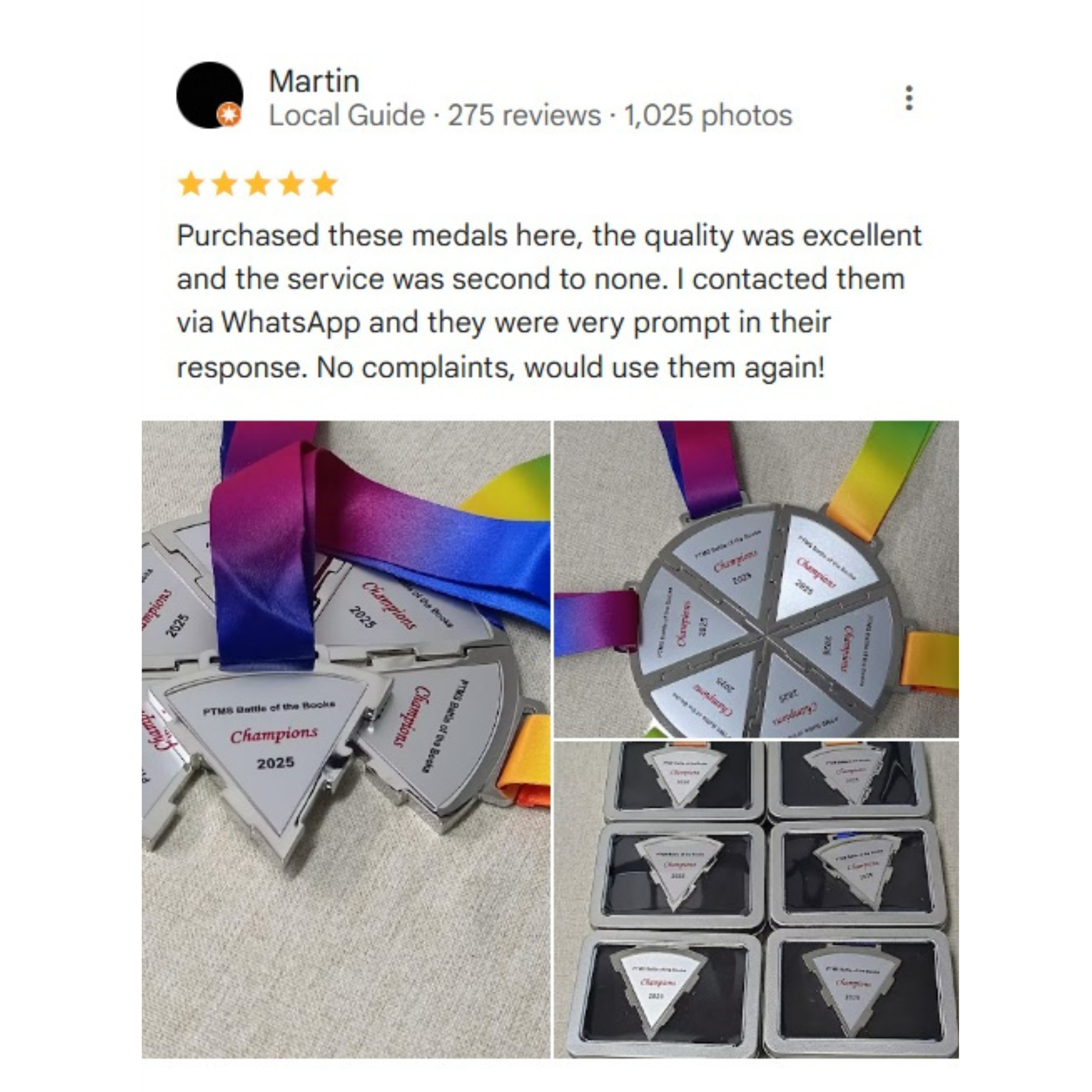Being a business owner must not only oversee the business until it is successful, but also motivate and guide employees to achieve their goals. However, you cannot accomplish this if your team does not have loyalty and a sense of trust in you. One way to achieve this is to improve team bonding until you have a committed and collaborative team.
Even though it takes time and must be done regularly, maintaining members who focus on building strong relationships with other team members will be of great benefit to them individually and to the whole team. Let's take a look at how important team bonding is and how to improve it in a workplace.
What is good team bonding?
Every team that can spend a few minutes a week or once a month to highlight something each member is working on, getting together to fix problems, and do a collaborative work. Business owners and leaders allow team members to ask questions, give positive feedback, and give suggestions. If this is ongoing, it's a sign of good team bonding.

Bonding will add motivation to team members and increase loyalty between one another. If the team has a positive attitude like this, there will be lots of fun activities and shared experiences in a workplace.
5 stages of team bonding
There are several stages of team development to improve team bonding. The team's stages of development was developed by Bruce W. Tuckman in the mid-1960s. The stages are Forming, Storming, Norming, Performing, and Termination. The first four stages are a framework for recognizing a team's behavioral patterns, and business owners or leaders can identify and understand when there are changes in team behaviors. Let's take a look at each stage.
- Forming
The Forming stage is the first step, and team members will ask lots of questions as to reflect on how excited they are with their new team. Some team members feel anxiety about whether they are fit in their new team, and uncertainty about how the team will behave toward them. The leader needs to direct team members to create a clear structure, direction, roles and goals while building member's trust.
- Storming
When the tasks start running, team members will discover that the team is not fully running according to their expectations and early excitement. Team members will start showing frustration or disagreements about expectations, goals, roles, and responsibilities being openly expressed. The leader needs to call the team to brainstorm and refocus them on its goals.
- Norming
The norming stage is the time when team members begin to resolve their discrepancy between their expectations and the reality of the team's experience. If the team can understand each other and are more flexible on norms and expectations, they will increase their sense of comfort to express their ideas and feelings. Team members begin to understand how to spend their energy and increase their productivity in both individual and collaborative work.
- Performing
Team members begin to feel satisfaction in the team's progress. They can complement each other in personal and group processes, and are aware of their strengths and weaknesses. Members fell attached to the team and started to be confident about their teams and their individual abilities. Business owners must take steps to add to their knowledge and skills to improve team bonding. Every accomplishments must be measured and celebrated.
- Termination
Some teams do come to an end when the organization's needs change or complete their project. Any team must pay attention to the termination process. Team members who have bonded for a long time will feel lost because they already have team relationships. At the same time, team members may feel satisfied with the team's accomplishments and are ready to move on to the next step.
The leaders must refocus team members for completion of any closure on remaining team work, evaluate about team process and product, and create a closing celebration to acknowledge how much they have contributed to the company. You can give team members corporate gift or souvenirs as a token of appreciation.
10 ways to improve team bonding
We have understood several stages of team development. Now it's time to know how to strengthen the team bonding process.
- Have short meetings
Regular short meetings will build confidence and relationships. The leader must reach out to every team member, not the other way around. Short meetings with a basic agenda for team members to share their thoughts, ideas, and concerns. You can give them constructive feedback for their personal development.
- Everyone need to bring decision making
Leaders must be active to invite each team member for decision making. You can ask them something like "what are your thoughts" or "what do you think" to build trust and provide a sense of responsibility. When team members share their decision making, their morale is up, and gaining their trust, engagement, and motivation.
- Ask for feedback
If it's your first time doing it, both of the leader and team members will feel weird about reporting to give the honest answer. But if you are used to it, then you can get the point when team members give honest answers about what you can change and fix, and use that feedback to grow and build relationships quickly.
- Small talk
Make a special time for you to meet with team members outside of working hours or during working hours. Ask about what they do on the weekends, or things like hobbies, what plans will they take, or things that can motivate them. Listen well about their story, and show your employees how you care about them as human beings, not just workers.
- Communicate well
Sometimes leaders can forget about their reports, while team members will perform much higher when they are being heard and valued. Take time one day every week to ask your reports about what to keep running and what to stop. Listen to them, respond with solutions or brainstorm, and compliment them when they have done the job.
- Be transparent
Leaders must not be transparent when they want to ask for opinions and only want to solve problems, but also show pride, appreciation and celebration when their team achieves their goals. Each team member must understand their mission and company progress, in order to form a common bond in fighting together until goals are achieved.
- Acknowledge and award
The key to improving team bonding is authentic connections. You can do this by acknowledging the team members when they develop and get a high score. Don't forget to give them rewards in the form of bonuses or useful work equipment to support their productivity.
- Good as personal
We don't have to be fixated only on the world of work. Get to know your employees up to when their birthdays are, know what they like in the daily routine such as favorite food or drink, asking about their family, or what plans they will take in the future. Sometimes team members need to share or need someone to listen.
- Act on the feedback
Just feeling heard is not enough for team members. Negotiate some suggestions and solutions from the team members, and do the feedback that has been given by them so far. Team members who know that their ideas and solutions are carried out by leaders will increase their morale and trust, as well as a sense of responsibility to provide more value to the company.
- Give a good smile
Sometimes team members feel overwhelmed by the presence of their leader who seems angry or difficult to approach. Give them a smile and greet them first. Don't let there be a gap between you and the team members. The closer you are to the team members, the more respect they will give you according to how you treat them.























